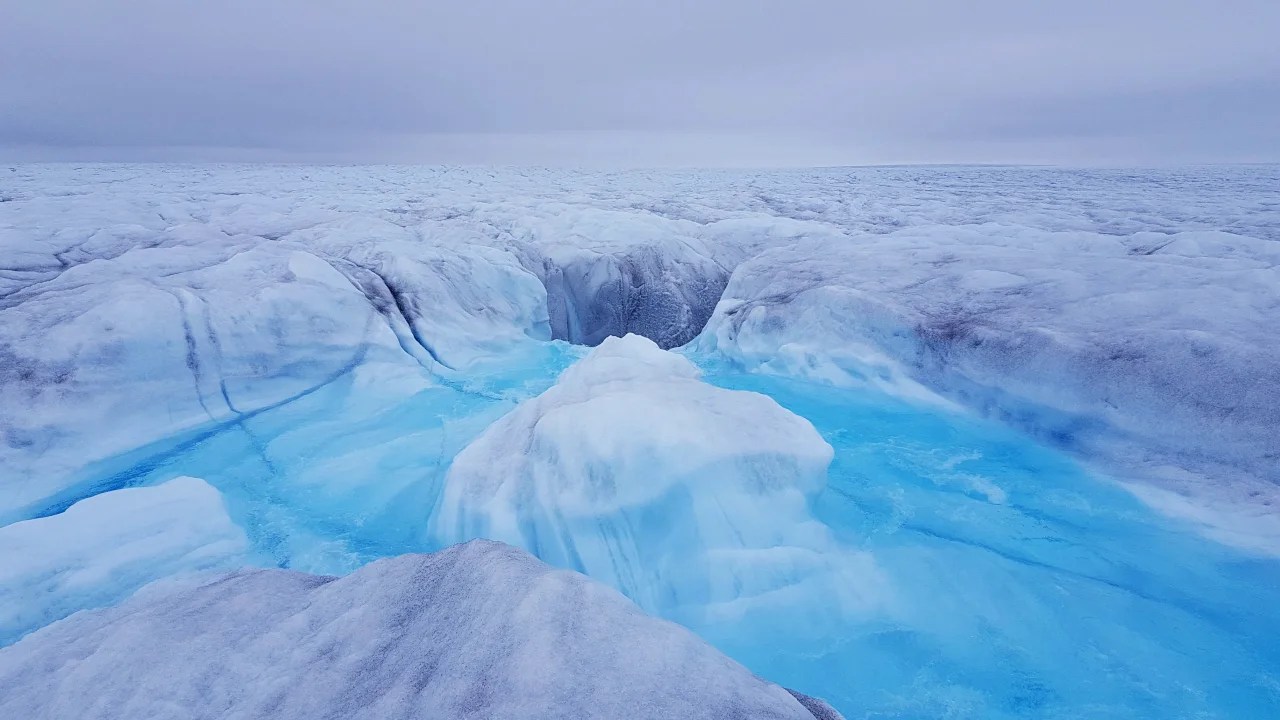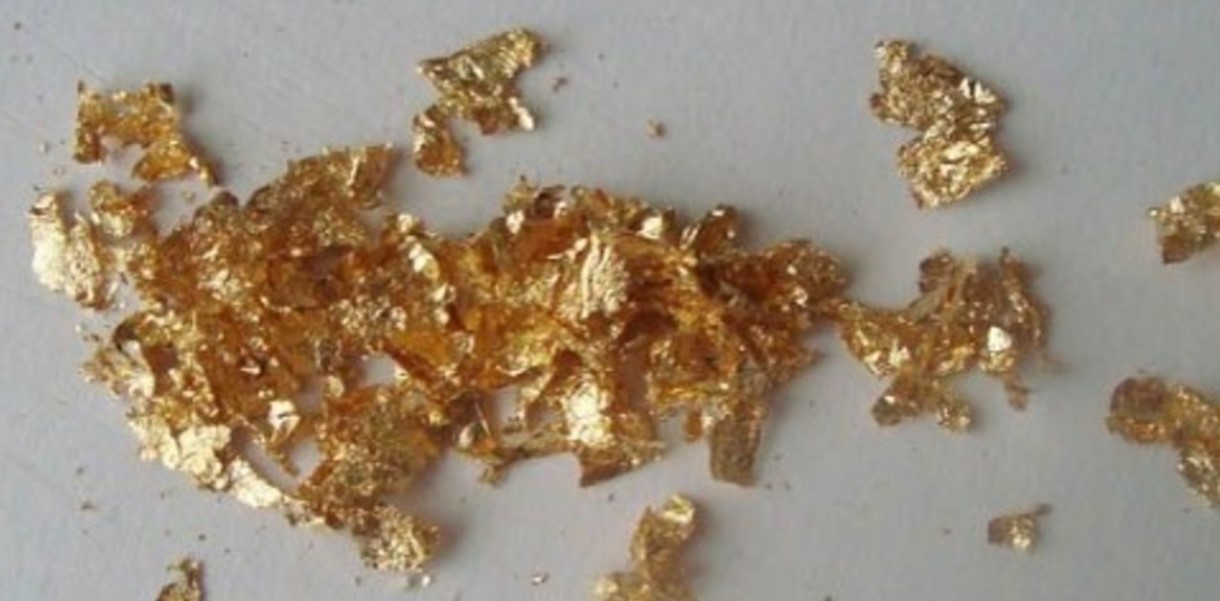(CNN) — A new study suggests that over the past 30 years, Earth’s ice sheets have lost enough ice to create a 12-mile-high ice cap.
The Greenland and Antarctic ice sheets, which contain nearly all of the world’s freshwater ice, are shrinking at an alarming rate. Report Published this Thursday by an international team of scientists.
Combining data from 50 satellite observations of Antarctica and Greenland from 1992 to 2020, scientists with the Ice Sheet Mass Balance Inter-comparison Exercise, or IMBIE, were able to track changes in the volume and flow of ice from the ice sheets.
They found that ice melting has increased sixfold in the past 30 years as record levels of planet-warming pollutants increase global temperatures.
Seven of the worst years for polar ice melt have occurred in the past decade.
Save the iceberg on the Greenland ice sheet. Credit: Poul Christoffersen
In total, the polar ice caps lost 8.3 trillion tons of ice between 1992 and 2020, according to the report.
According to the report, 2019 was the worst year for ice sheet loss, with the ice sheets losing about 675 billion tons of ice. These losses are due to a heat wave in the Arctic that caused the Greenland ice sheet to lose 489 billion tons.
According to the report, ice loss has a significant impact on the oceans, raising sea levels by 21 millimeters (less than an inch). Melting ice is responsible for five times more sea level rise than in the 1990s.
“It’s a huge amount of ice,” Inès Otosaka, lead author of the study and a researcher at the University of Leeds, told CNN. “This is very worrying because 40% of the world’s population lives in coastal areas.”
The rate of melting in Antarctica is much faster than it was in the 1990s Credit: Gallo Images/Orbital Horizon/Copernicus Sentinel Data/Getty Images
Antarctic ice sheet melting has slowed, but is still faster than in the 1990s, scientists have found.
The report identified the Antarctic Peninsula and West Antarctica, home to the troubled Thwaites Glacier, known as the “end of the world” glacier, as having a catastrophic impact on sea-level rise.
Otosaka said he expects Greenland’s glaciers to continue losing ice, but it’s still unclear what will happen to the Antarctic ice sheet.
“We have a lot of uncertainty about the future in Antarctica,” he said. “We have some low-probability, high-impact mechanisms that could be triggered if we exceed a certain level of warming.”
He added that this would lead to a much higher sea level rise in the future.
IMBIE scientists update their assessment every year. Credit: Sergio Pitamitz/VWPCS/AP
According to Otosaka, if the world reaches certain warming thresholds, important and irreversible feedback mechanisms can be triggered.
“We really need strong government policies to limit future warming and reduce concentrations of greenhouse gases,” he added.
The European Space Agency, which helps fund IMBIE’s research alongside NASA, said in a statement: “There is no doubt that climate change is melting our polar ice caps, raising sea levels and endangering coastal areas around the world.”
IMBIE scientists plan to update the assessment every year.
“We’re finally at a point where we can constantly update our estimates of the mass balance of ice sheets because there are enough satellites in space observing them, which means people can use our findings immediately.” Andrew Shepherd, a professor at Northumbria University and founder of IMBIE, said in a statement.





